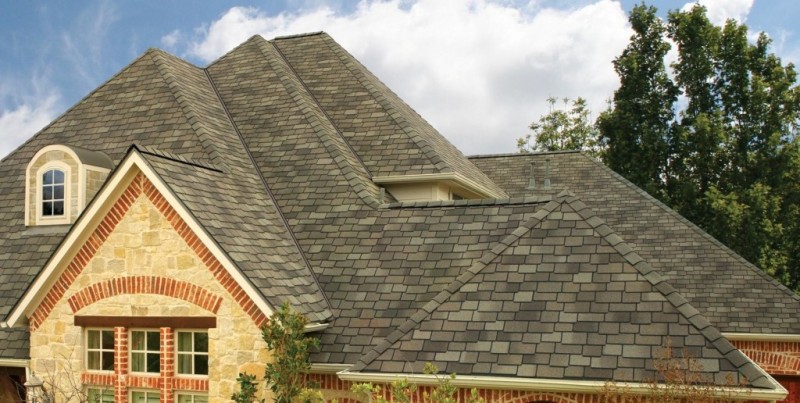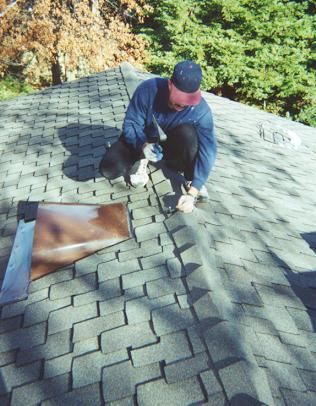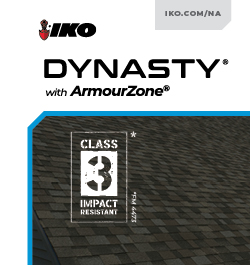Q&A — What is the best way to address air leakage in the attic?
July 21, 2025 at 6:00 a.m.A year after purchasing a new home, this Maryland homeowner discovered air leakage in the attic and wanted to know the most efficient course of action.
Piia, a homeowner from Maryland, wasn’t sure how to tackle air leakage in the attic and asked:
I purchased my home last year and it passed inspection for attic insulation. The attic and second floor are very hot in the summer and very cold during the winter. During a home energy audit, we were told we have air leakage and they recommended that we instead spray foam on all the attic walls and ceiling. The attic floors are currently not sealed. Therefore, I am curious if we should instead invest in sealing those areas, and perhaps installing baffles, radiant barrier and an attic fan and/or gable fan before spending the money on spray insulation for the attic walls and ceiling. How do I know the right move?
Below is what our roofing expert Henry Staggs from The Arizona Roofer had to say in response:
Attic system recommendation – radiant barrier, insulation and ventilation
Think of these components as part of a complete and integrated system. To get the best performance and energy efficiency, we need proper insulation, a radiant barrier and adequate airflow working together.
I recommend designing a system that incorporates all three elements:
- Radiant barrier to reflect heat away from the attic
- Insulation to reduce heat transfer into the living space
- Ventilation to allow hot air to escape and cooler air to circulate
For example, we could install a radiant barrier along the underside of the roof decking, blow in R-38 insulation on the attic floor and add ridge and soffit vents to create a continuous airflow. This combination keeps the attic cooler in the summer and helps regulate indoor temperatures year-round, ultimately lowering energy bills and extending the life of your roof.
John Kenney from Cotney Consulting Group had this to share:
You’re asking the right question — and thinking through it in the correct order.
Even with insulation, if air leakage and poor ventilation are present, your home will suffer from the extremes you feel. Here’s how to think about your options:
Start with the basics first:
1 - Air sealing the attic floor is typically the most cost-effective first step. Gaps around plumbing, wiring and top plates allow conditioned air to escape, making insulation less effective.
2 - Install baffles at the eaves to ensure proper airflow from soffit vents up through the attic.
3 - A radiant barrier can help reduce summer heat gain if your roof and attic design allow it.
4 - Fans (attic or gable) can help improve air movement but should support — not replace — proper ventilation design.
When does spray foam make sense?
- If you want to convert the attic to a conditioned space (essentially bringing the attic inside your building envelope), spray foam on the underside of the roof deck and walls is excellent — but it’s also a bigger investment.
- Spray foam is best when part of a whole-system approach, not just added to an already leaky, vented attic.
How to decide:
- If you plan to keep your attic a vented space (typical in most homes), prioritize air sealing the attic floor and improving ventilation first.
- Spray foaming can be tricky and cause deck rot if moisture is trapped.
Bottom line:
Start with air sealing and improving your current ventilation — those steps alone often resolve many comfort issues at a lower cost. Then, assess if upgrading to a fully conditioned attic with spray foam fits your budget and long-term home goals.
Have a question? AskARoofer.
Find your local roofing contractor in the AskARoofer™ Contractor Directory.














Comments
Leave a Reply
Have an account? Login to leave a comment!
Sign In